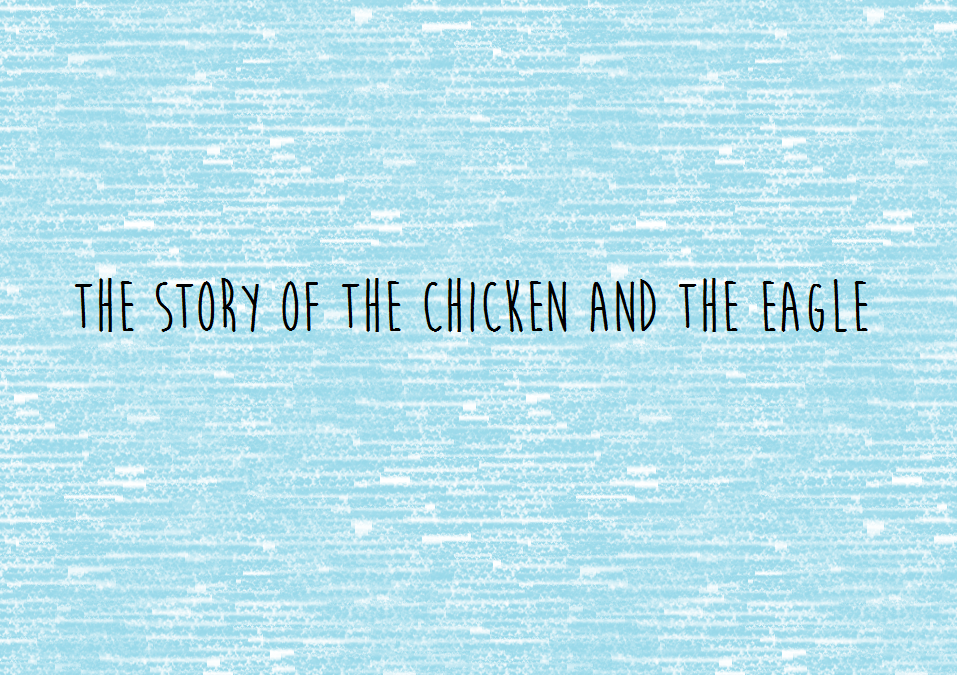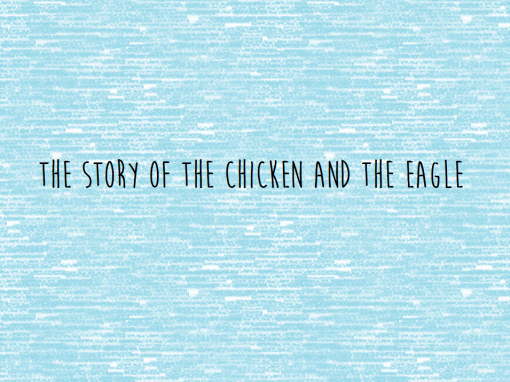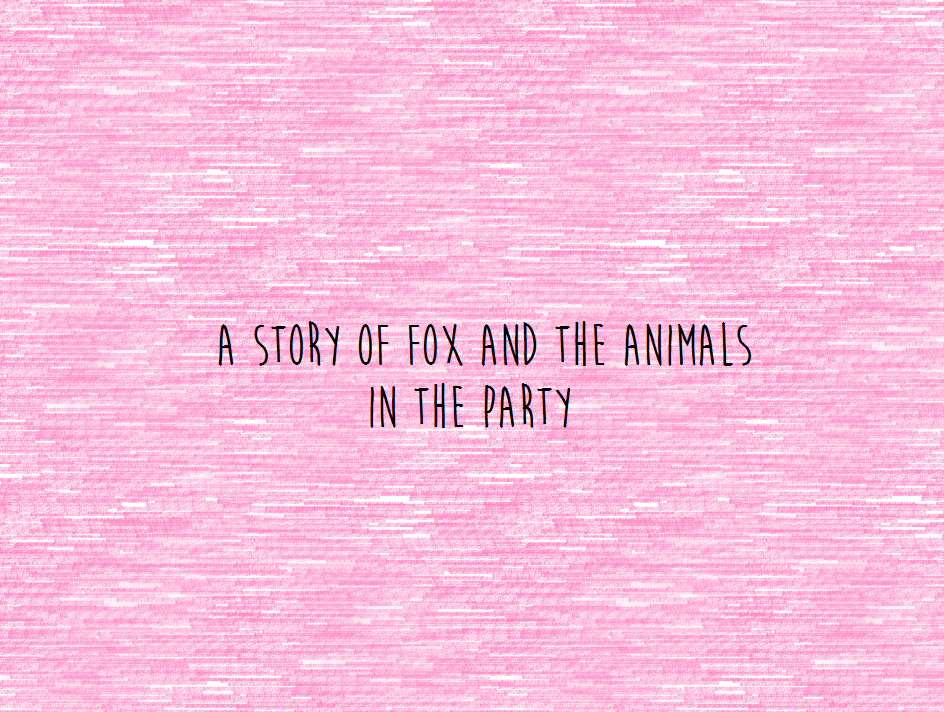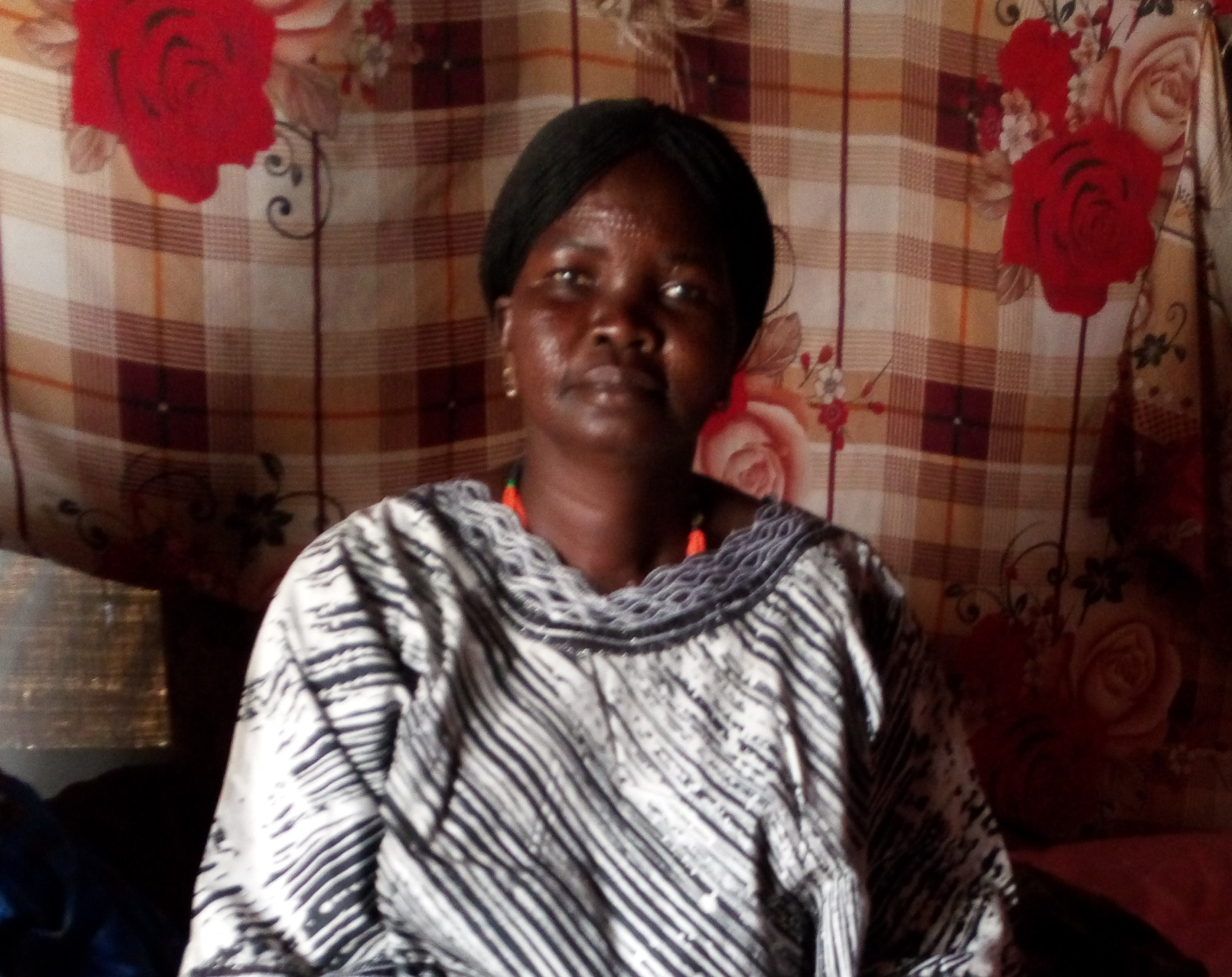How the Murle, Didinga, Buya and Ternet Separated
How the Murle, Didinga, Buya and Ternet Separated
Read this storyA long time ago the Murle, Didinga, Buya, Ternet and the Kalenjins of Kenya were one tribe; they spoke the same language and shared the same cultural activities. They are said to have migrated from the Ethiopian highlands along the River Omo.
As they were migrating, they went and left the Kalenjin group in the place where they are currently residing. The Murle and the others continued and settled in a place called Chawa (Didinga called it Kaula) under a very big tree that still lives up to today.
In Chawa/Kaula, to sustain their community the young men usually went hunting, moving in small groups. One day the young men all went hunting and it happened that among all the groups, only one of them got a gazelle; and this gazelle had to serve the entire community.
As the gazelle was prepared and served, each of the members got meat. But when it came to serving the soup, some old and young members of the community were left out and this brought tension and an exchange of bad words. This resulted in a division between those who were left out and those who took the soup.
The tension continued and the group that was left out decided to move away from the one that took all the soup – that was the Didinga.
The other group continued with the migration. Whilst they were moving, some old men became tired and could not move any more, and so the group split again, dividing itself into smaller groups. The first group were the Ternet, then the Langarim, and lastly the Buya. The last group, which is now known as Murle, went on with the migration and settled around the River Kengen and the Maruwo hills.
In this place, the older person that led the group got sick while the elder son was away. The old man sent some people to the elder son, but the son could not avail himself to hear his father’s last words. At last, the old man was about to die so he decided to call the second son.
to receive blessings and inheritance, as well as advice on how to wins battles from his enemies6. He also gave him some instructions on wealth sharing with his brother. He knew that as usual, the elder son would come to collect
the inheritance.
The old man told the second son to share with him the wealth equally but the first son insisted on owning everything, and said that his brother should just ] forget it and enjoy the little he has. Now, among all the cows, there is always a bull that is supposed to be taken by the elder son as part of the systematic way of passing on family leadership or the way of governance at the family level. But in this scenario, the elder son did not turn up to listen to his father’s last words so he did not deserve to own the bull. The father asked the second son to hold on to the bell while his brother should hold the rope that holds the bell around the bull’s neck when they are pulling
the bull.
“The rope will cut and you will have the bell and he will be left with the rope,” the father told him. “When this happens, you must ring the bell and all his cows will turn into buffaloes and his goats will turn into gazelles.”
That same night the father died and soon what he had said proved to be true! As the sons were trying to grab the bull, the rope snapped and the elder brother took the rope and the second took the bell. The boy remembered his father’s instructions and followed carefully what he had been told. The elder son’s cows turned into buffaloes and the goats turned into gazelles.
After all this had happened, the elder son moved towards the hills and mountains of Jebel Boma where he went and cultivated. Meanwhile, the second brother moved to the lower side of Pibor where he went and kept his cattle. This is why we currently have the two sections of Murle: those of Jebel Boma who are practising agriculture to earn their living, and the Murle of Pibor who are currently keeping cattle.
Reflections:
1) Do you think that the truth will always come out/prevail? Does that give you hope or make you afraid?
2) What matters most in this story, truth or power? What should matter most in the world, truth or power?
3) Was murder a reasonable price to pay for a man who only told the truth?
Storytelling Session Details
Storyteller: Elder Cultural Group: Murle Story Researcher: Docklace Api Place: Juba Date: 2015










Recent Comments